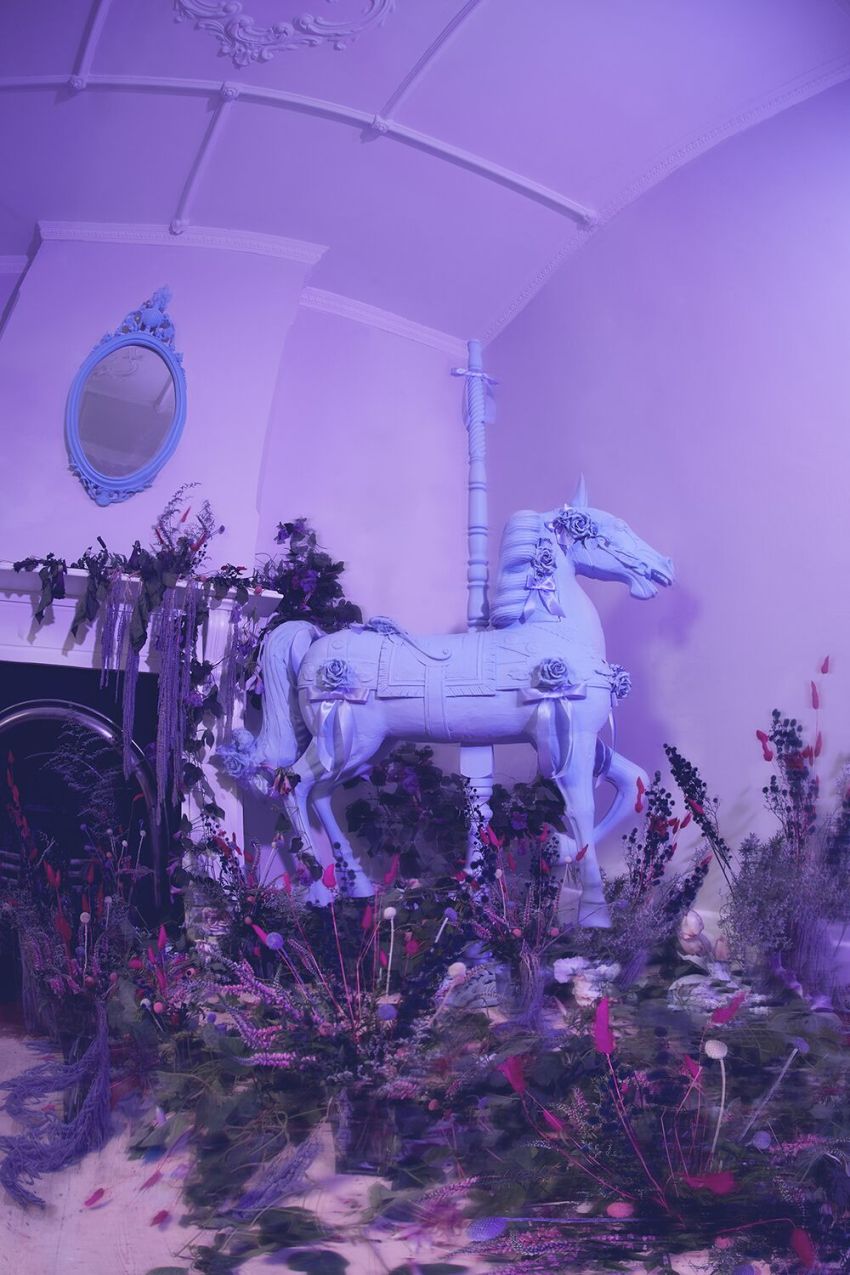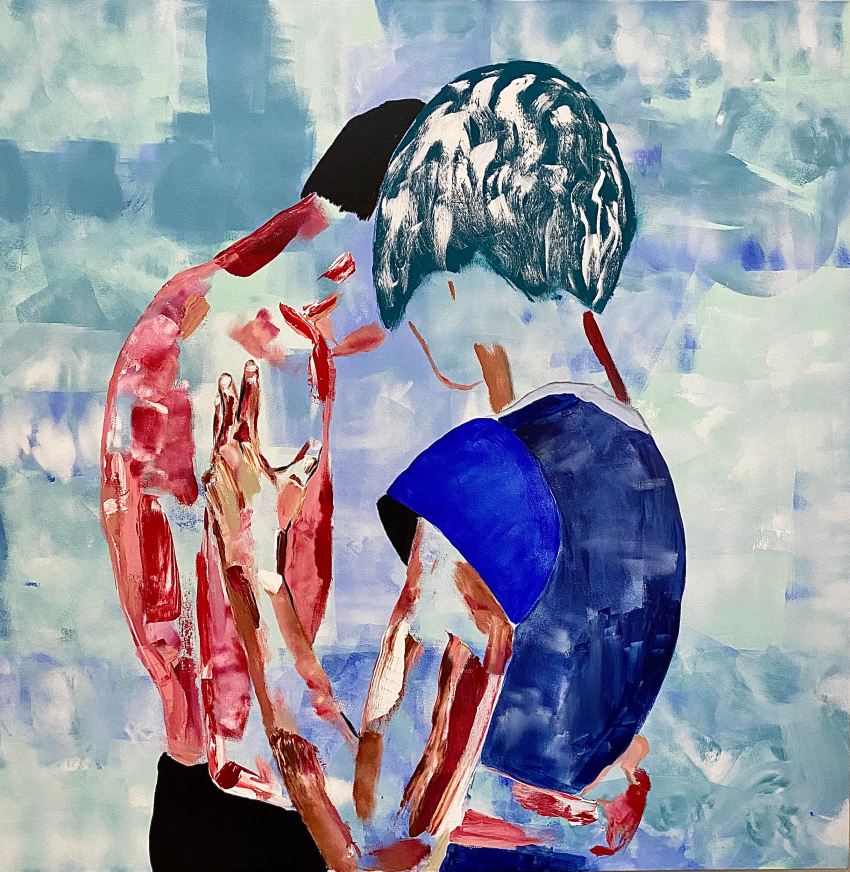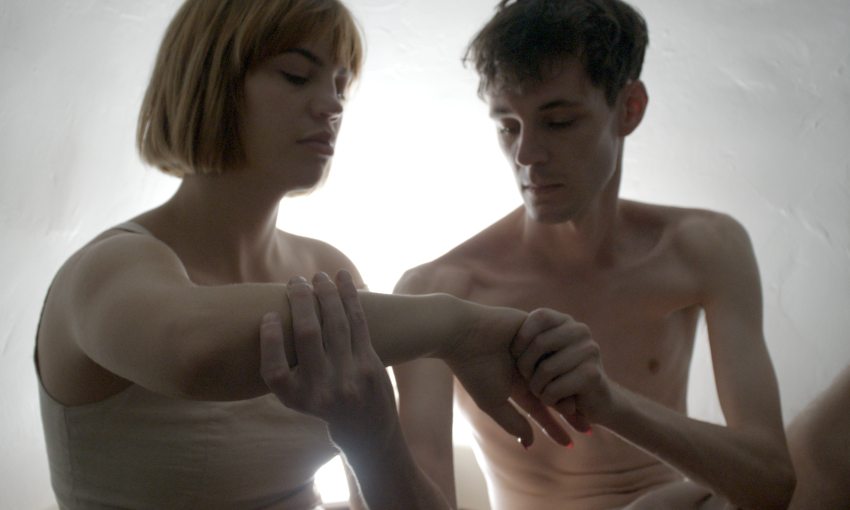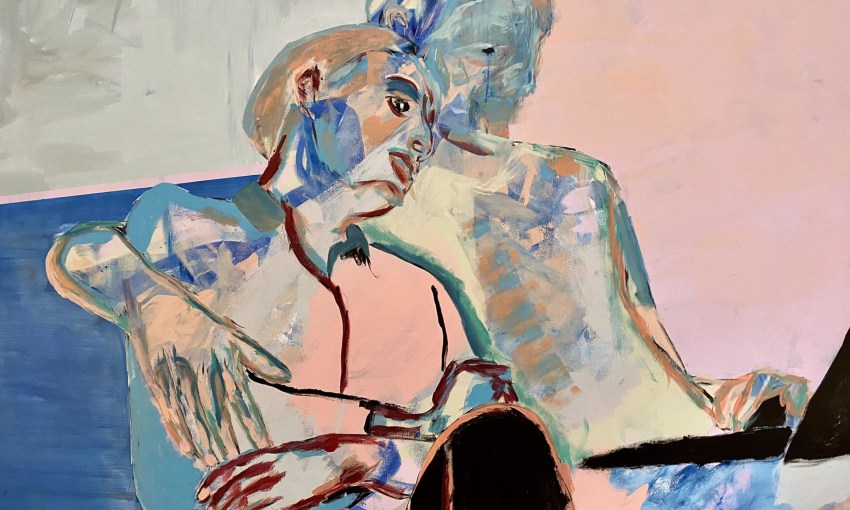Bowden studio and art gallery praxis ARTSPACE will unveil its first virtual exhibition ‘Presence’, highlighting the work of artists who were already challenging social structures pre-‘rona.
A lesson in presence from praxis ARTSPACE
SPECIAL REPORT: COVID-19 ADELAIDE
Opening Thursday, 21 May via praxis ARTSPACE’s website, Presence showcases work from five disparate artists – three from South Australia, one from Victoria and one from the ACT – all bound thematically by their shared exploration of navigating through space as a queer-identifying artist.
“The gallery provides a platform for giving voice to artists, whose voices we think should be heard, and artists who identify as being queer or exploring queerness, and gendered experience was something we wanted to champion,” assistant curator Gabi Lane says.
“There are so many voices of artists who identify with queerness or identify with gendered experience, and put that forward in their work.
“If a lot of people are saying something, you should really listen to them. We’re just the platform for them to do that.”
The exhibition aims not to tokenise queer individuals, Gabi says, and “while it is about queerness, it’s not about queerness”.
It explores, through various media, how the artists move through their environments and challenge them. The artist lineup includes Adelaide artist Henry Wolff, who recorded un-choreographed movements between him and his sister for short video titled ‘Sibling’ displaying how they support one another.
A preview clip shows Henry’s sister, Ingrid, gently holding him, which “fleshes out our familial connection”. Another has them physically apart, on opposite sides of a road, but emotionally connected through mirrored movements.
“They were filing in the first week that isolation started to kick in, so everything’s empty – there are no cars, the world is sort of devoid of other people so it becomes just about the two of them,” Gabi explains.
“It makes us think about the spaces that we embody.”
South Australian artist Angelique Joy’s highly stylised photos tell a visual story, laden with symbology, on bizarre sets. It’s designed to provoke questions about what is real and what is fake.
“Art has the capacity to challenge those ideas in a really gentle way,” Angelique says in a statement.
“She’s referencing her sort of childhood nostalgic experiences, and what she remembers to be kind of those first experiences. Her take disrupts what was traditional as a first action of queerness,” Gabi continues.
The artist warps recollections by shooting scenes with fish-eye lenses, blowing out the perspective, and switching between analogue and digital photography.

Angelique Joy’s ‘Ride My Pony’ (2020)
Danny Jarratt, another Adelaide artist, creates glitchy, gridded work exploring the crossroads between pop culture, queer theory and protest.
Instead of making something physically flat – as in his previous works, like a painting that traverses Grindr politics, or replicating an arcade game that challenges heteronormative stereotypes – he will create an industrial structure that people can walk around.
Although viewers cannot see the art as it was intended, due to the gallery not being physically accessible, patrons viewing the virtual exhibition will be offered a taste of the work in the form of a gridded video, paying homage to Judith Butler’s ‘heteronormative matrix’.
“If you go to Bunnings and you look at those grids, just a metal plain grid, [Danny] does that on a massive scale, and kind of warps and twists it, to push it out of its original form,” Gabi says.
“It’s all about disrupting the normative… It makes us think about ourselves and how we can change and how we can use our body as a point of departure.”
The exhibition also includes work by Victorian painter Felix Atkinson and ACT digital artist Ellen Sleeman-Taylor. All the art will be available for virtual viewing for free on the praxis ARTSPACE website.

Felix Atkinson’s ‘slowdance’ (2020)





